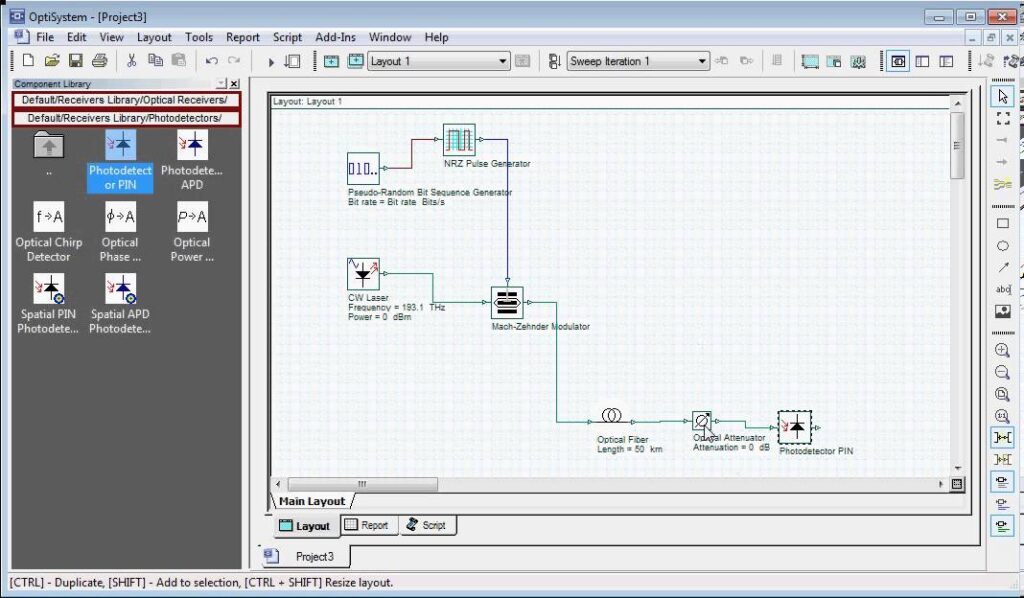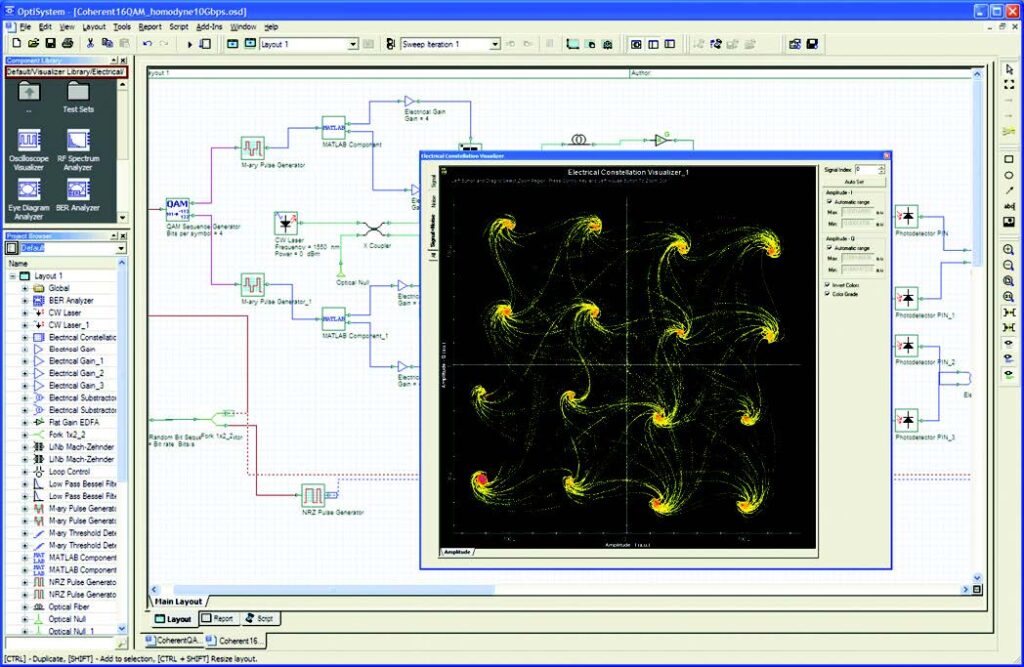Optsim software free download with crack
Optsim software is a powerful tool used by network engineers and planners to optimize network performance, capacity, and cost. It offers a comprehensive suite of features for analyzing, designing, and simulating various network scenarios. This article will guide you through the key steps involved in using Optsim software, providing a practical understanding of its capabilities.
Step 1: Define Your Network Scope and Goals
Before diving into Optsim, clearly define the network you’re working with. This includes:
Network topology: Identify the key nodes (routers, switches, servers) and their interconnections.
Traffic patterns: Understand the types and volumes of data flowing through the network.
Network performance metrics: Determine the crucial metrics you want to optimize, such as latency, throughput, jitter, and packet loss.
Optimization goals: Set clear objectives, such as maximizing bandwidth utilization, minimizing latency, or reducing network costs.
Step 2: Model Your Network in Optsim
Optsim provides a user-friendly interface for building your network model. This involves:
Importing network data: Load existing network configuration files (e.g., Cisco IOS configurations) or manually create the network topology.
Defining network elements: Add and configure routers, switches, servers, and other network devices with their specific hardware and software capabilities.
Specifying traffic patterns: Define the types of traffic (e.g., web browsing, video streaming, file transfers), their source and destination, and their volume.
Step 3: Run Network Simulations
Once the network model is complete, you can run simulations to analyze different scenarios. Optsim offers various simulation options:
Static simulations: Analyze network performance under fixed traffic loads and network configurations.
Dynamic simulations: Model real-world traffic fluctuations and network changes over time.
Traffic engineering: Explore different routing paths and bandwidth allocation strategies to optimize network performance.
Step 4: Analyze Simulation Results
After running simulations, Optsim provides detailed reports and visualizations to analyze the results:
Performance metrics: Track key metrics like latency, throughput, packet loss, and jitter for different network elements and traffic flows.
Bottlenecks identification: Identify network segments or devices experiencing high congestion or performance degradation.
Capacity planning: Determine the network’s capacity limits and potential future bottlenecks.
Cost optimization: Analyze different network configurations and identify cost-effective solutions.
Step 5: Implement Optimization Strategies
Based on the simulation results, you can implement optimization strategies to improve network performance:
Traffic engineering: Adjust routing paths, bandwidth allocation, and QoS policies to improve traffic flow.
Capacity upgrades: Identify and upgrade network elements with insufficient capacity.
Network design changes: Re-architect the network topology to improve performance and efficiency.
Network monitoring and management: Implement tools for continuous monitoring and proactive management of the network.
Conclusion
Optsim software provides a powerful platform for network engineers to optimize their networks effectively. By following these steps, you can leverage its capabilities to analyze, design, and simulate various network scenarios, identify bottlenecks, and implement solutions to improve network performance, capacity, and cost.

Features:
- Simulation Capabilities: Optsim excels in offering advanced simulation features, allowing users to model and analyze complex systems with unparalleled accuracy. Its cutting-edge simulation algorithms and powerful computational capabilities enable users to explore a wide range of scenarios and optimize their designs.
- Data Visualization: The software boasts a highly intuitive and visually appealing interface, making it easy for users to interpret and analyze their data. Robust charting and graphing tools, coupled with customizable display options, ensure that users can effectively communicate their findings.
- Optimization Tools: Optsim provides a suite of powerful optimization tools that enable users to fine-tune their designs and processes. From parameter sweeps to genetic algorithms, these tools help users achieve the best possible outcomes.
- Scripting and Automation: The software’s scripting capabilities allow users to automate repetitive tasks, streamlining their workflows and increasing efficiency. Users can create custom scripts and macros to streamline their processes and save valuable time.
Technical Specifications:
- Version: 2.5.6
- Interface Language: English, French, Spanish, German
- Audio Language: N/A
- Uploader / Repacker Group: Optsim Team
- File Name: Optsim_2.5.6_Setup.exe
- Download Size: 235 MB
System Requirements:
- Operating System: Windows 10/8.1/8/7 (64-bit)
- Processor: Intel Core i5 or AMD Ryzen 5 (or equivalent)
- RAM: 8 GB or more
- Graphics Card: NVIDIA GeForce GTX 1060 or AMD Radeon RX 580 (or equivalent)
- Disk Space: 10 GB or more
Adjusting Graphics Settings:
- Open the Optsim application and navigate to the “Settings” menu.
- Select the “Graphics” tab.
- Adjust the following settings:
- Resolution: Choose the appropriate resolution for your display.
- Texture Quality: Set the texture quality to “High” for best visual performance.
- Antialiasing: Enable “MSAA” for smoother edges and reduced jagged artifacts.
- Vsync: Enable “Vsync” to prevent screen tearing.

Troubleshooting Common Issues:
- Application Crashes: If the Optsim application crashes, try updating your system drivers, especially the graphics drivers. You can also try running the application in compatibility mode.
- Slow Performance: Ensure that your system meets the minimum hardware requirements. If the performance is still subpar, try lowering the graphics settings or closing any unnecessary background applications.
- License Activation Issues: If you encounter problems with activating the software, contact the Optsim support team for assistance.
How to Use:
- Upon launching the Optsim application, you will be greeted with the main interface.
- Familiarize yourself with the various menus, toolbars, and panels to explore the software’s capabilities.
- Start by creating a new project or opening an existing one.
- Utilize the simulation tools, optimization features, and data visualization options to achieve your desired outcomes.
- Automate your workflow by creating custom scripts and macros to streamline repetitive tasks.
For more information, you can visit the following websites:

Leave a Reply